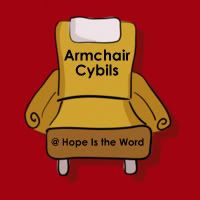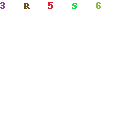It’s not that I don’t like poetry – I just like clarity more.
And Ann Voskamp’s One Thousand Gifts is long on one and short on the other.
Having read a few of Voskamp’s blog posts, I was familiar with her style – sentence fragments, simultaneous run-ons, metaphors that carry through paragraphs and suddenly morph. I knew already that I could only handle her in rather small doses, but that when I did read a dose, I was often encouraged.
If I’d have been expecting a Christian living book, a how-to of some sort or a theology, I’d have been sorely disappointed. Because One Thousand Gifts is neither of these. It is a memoir, written in free verse, of a woman whose life was transformed as she began to practice “eucharisto” (thankfulness).
As such, it is lovely. It is a meandering book, best read slowly over the course of many weeks. I took the full three months the library allowed to read through it. I savored pretty turns of phrase and reflected not on the thoughts conveyed but on the gratitude displayed.
So long as I did that, I loved it.
The problem came in whenever I tried to think about it.
Having read One Thousand Gifts, I have no idea what Voskamp’s theology really is. I know that she quotes some people I respect greatly, theological giants – but she also quotes mystics whose connection to Biblical Christianity is questionable at best. Voskamp hints at some understanding of the cross, of God’s sovereignty – but she spends much more of her time discussing the mystical idea that eucharisto somehow makes things happen.
Yet I’m not sure if it is a mystical idea to her, or if I merely perceive it that way because of the poetical writing style. Does she really believe that eucharisto is some sort of lucky charm, that entices miracles into being (as she seems to suggest when she repeatedly references Jesus giving thanks and then feeding 5000)? I do not know.
And that’s the difficulty with reviewing this book.
It’s not that I don’t like poetry – I just like clarity more.
And Ann Voskamp’s One Thousand Gifts is long on one and short on the other.
That said, I think it is worthwhile to note that reading this book has inspired me to take more notice of the gifts God has given me throughout the day to day. For that, I am thankful.
Rating: 3 stars
Category: Spiritual Memoir
Synopsis: Ann Voskamp is transformed as she begins living a life of eucharisto, listing the gifts God has given her.
Recommendation: If you like Voskamp’s style, it’s worthwhile to read and be reminded to be thankful. If you don’t like her style or know that you’ll be frustrated by theological ambiguity, go ahead and skip it.







